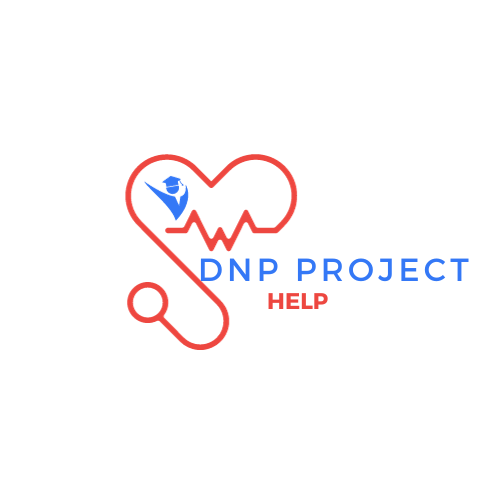
History and Physical Exam
- How can I assist you today?
- Are there any other symptoms or concerns you’d like to discuss?
- Have you ever self-induced vomiting or used laxatives, diuretics, or enemas to control your weight?
- Do you ever engage in binge eating?
- Can you describe your diet? What do you typically eat?
- Are you eating too little or too much? How often does this happen?
- How do you feel about your appearance?
- Are you experiencing any problems with your menstrual periods?
- Have you had any thoughts of hurting or killing yourself?
- Can you tell me about your daily exercise or any sports you play?
- Do you have issues with dizziness, fainting, a spinning sensation, seizures, weakness, numbness, tingling, or tremors?
- Do you experience nausea, vomiting, constipation, diarrhea, coffee ground-like vomit, dark tarry stools, bright red blood in your bowel movements, early satiety, or bloating?
- Do you have problems with nervousness, depression, lack of interest, sadness, memory loss, mood changes, or experiencing things that aren’t there?
- Do you suffer from headaches that don’t go away with aspirin or Tylenol (acetaminophen), double or blurred vision, difficulty with night vision, hearing problems, ear pain, sinus issues, chronic sore throats, or difficulty swallowing?
- When did you first notice the change in your weight? (witness)
- Do you feel like a failure or that you are disappointing others? How often do you feel this way?
I-Human Case Study: Evaluation and Management of Gastrointestinal Conditions
Overview: Prepare to meet pediatric patients and their families in this i-Human Case Study Assignment. Based on the Learning Resources, anticipate encountering various gastrointestinal (GI) conditions in your virtual office on the i-Human platform. Identify specific GI conditions you would like to address in the avatar setting. Reflect on your previous i-Human case studies and consider examining a child of an age, race, or ethnicity you haven’t yet encountered to broaden your experience this week.
Resources:
- Review the Learning Resources before completing this activity.
- Access the resources via the weekly resources link.
Weekly Resources
Preparation:
- Review Learning Resources:
- Understand gastrointestinal conditions and the socio-cultural needs of families.
- Consider how to assess, diagnose, and treat pediatric patients with GI conditions.
- Access i-Human Patients:
- Review the Kasey Gaines iHuman Case Study Answers.
- Think about the health history needed from the patient.
- Physical Exams and Diagnostic Tests:
- Determine appropriate exams and tests to gather more information about the patient’s condition.
- Reflect on how these results would aid in making a diagnosis.
- Differential Diagnosis:
- Identify 3-5 possible conditions for a differential diagnosis.
- Diagnosis and Clinical Guidelines:
- Consider the patient’s diagnosis and relevant clinical guidelines.
- Treatment Plan:
- Develop a treatment plan that includes health promotion and patient education strategies for pediatric patients with GI conditions and their families.
Assignment:
- Interact with the i-Human patient and complete the assigned case study.
- Refer to the i-Human Graduate Programs Help link within the i-Human platform for guidance.
Deadline:
- Complete your Assignment in i-Human, Kasey Gaines iHuman Case Study Answers, by Day 7 of Week 7.
- Access i-Human through the Access i-Human link located in the Start Here module.
Key Findings and Problem Statement
Case: Key Findings
Key Findings:
- Weight Loss: 20 lbs; BMI 15.7
- Eating Behavior:
- Restricting food intake
- Avoidance of carbohydrates
- Preoccupation with food
- Exercise:
- Excessive exercise, including middle-of-the-night sessions
- Eating Disorders:
- Binge eating
- Purging
- Use of laxatives (allegedly for constipation)
- Body Image:
- Distorted body image
- Mirror gazing
- Anxiety about being perceived as fat
- Menstrual Health:
- Secondary amenorrhea
- Cardiovascular Health:
- Orthostatic hypotension
- One syncopal episode
- Bone Health:
- Stress fracture three months ago
- Mental Health:
- Tiredness
- Mild loss of interest
- Mild dysphoria
- High academic achievement with perfectionistic traits
- Physical Examination:
- Rough, dry skin
- Dry, thin scalp hair
- Lanugo body hair
- Abrasions and calluses on the dorsum of the right hand
- Cracked lips with mild angular stomatitis
- Dental erosion
- Bilaterally enlarged parotid glands
- Family Background:
- Parental divorce one year ago
Case: Problem Statement
The patient is a 16-year-old female who has experienced a progressive 20-pound weight loss over the past 6 months. This weight loss is associated with food restriction, a preoccupation with food, excessive exercise, and subjective feelings of being overweight despite being severely underweight (BMI 15.7). Periods of restriction are interspersed with episodes of binge eating and self-induced vomiting, occurring on average twice a week. She also uses laxatives, claiming they are for “constipation.”
Additional health concerns include secondary amenorrhea and a recent metatarsal stress fracture. She reports feeling tired and experiencing a mild loss of interest in usual activities. Psychosocial stressors include striving for straight A’s, family disruption following her parents’ divorce one year ago, and social anxieties related to others’ perceptions of her weight. She is interested in entering the fashion industry.
Physical examination reveals orthostatic hypotension, dry skin, and thin scalp hair. Other notable findings include lanugo body hair, calluses on the dorsal aspect of the right hand, mild angular stomatitis, bilateral parotid gland enlargement, and secondary sexual development consistent with Tanner stage 4.
Kasey Gaines iHuman Case Study Answers – Management Plan
Case: Management Plan
Key elements of the management plan for the patient include:
- Determine Appropriate Level of Care:
- Assess if outpatient, partial hospitalization, or inpatient hospitalization is necessary.
- Inpatient care is warranted for those with life-threatening medical complications, weight below 75% of ideal body weight, or rapid weight loss.
- Screen for Medical Comorbidities:
- Evaluate for any medical conditions contributing to the presentation or resulting from starvation.
- Address any medical concerns promptly.
- Institute Nutritional Rehabilitation:
- Begin refeeding at 30-40 kcal/kg/day and gradually increase based on weight gain.
- Aim for a weight gain of 0.5-1 pound per week in outpatients and 2-3 pounds per week in inpatients.
- Use nasogastric tube feeding if necessary; reserve parenteral nutrition for extreme malnutrition.
- Monitor for Refeeding Syndrome:
- Watch for symptoms of refeeding syndrome, especially in severely undernourished patients.
- Address electrolyte imbalances, particularly hypophosphatemia, hypomagnesemia, and hypokalemia.
- Be vigilant for fluid intolerance, cardiac failure, dehydration, fluid overload, hypotension, and potential sudden death.
- Restrict Exercise:
- Limit exercise to levels appropriate for the patient’s medical stability and progress.
- Provide Psychoeducation:
- Educate the patient and family about anorexia nervosa and its management.
- Initiate Cognitive-Behavioral Therapy (CBT):
- Focus on improving self-esteem, reducing emphasis on weight and shape, addressing rigid eating-related rules, and improving food choices.
- Promote Family Therapy:
- Utilize family therapy to address dynamics contributing to the eating disorder and to support the patient’s emotional needs.
- Implement the Maudsley approach, where parents initially control weight restoration and gradually delegate control as the patient improves.
- Discuss Pharmacological Therapy:
- Consider the pros and cons of atypical antipsychotics for weight gain.
- Address patient fears of excessive weight gain and medication adherence.
- Screen for and Treat Comorbid Depression and Anxiety:
- Use psychotherapy, pharmacotherapy, or a combination to treat comorbid conditions.
- SSRIs can be effective for comorbid bulimia nervosa and depressive disorders.
Additional Considerations:
- Nutritional Rehabilitation Specifics:
- Monitor for complications from refeeding syndrome such as fluid and electrolyte disturbances.
- Refeeding should be done gradually to prevent complications like cardiac failure or fluid overload.
- Therapeutic Approaches:
- CBT aims to reduce psychological focus on weight and shape, address rigid eating-related rules, and improve food choices.
- The Maudsley approach involves family support in weight restoration, gradually giving control back to the patient.
- Pharmacotherapy:
- Pharmacotherapy plays a limited role; however, atypical antipsychotics may be considered for their weight-gain side effects.
- SSRIs are useful in treating comorbid conditions like bulimia nervosa and depressive disorders.
In conclusion, a comprehensive management plan for the patient involves determining the appropriate level of care, screening for medical comorbidities, instituting nutritional rehabilitation, monitoring for refeeding syndrome, restricting exercise, providing psychoeducation, initiating CBT, promoting family therapy, discussing pharmacological options, and treating comorbid conditions.
Must Read:


